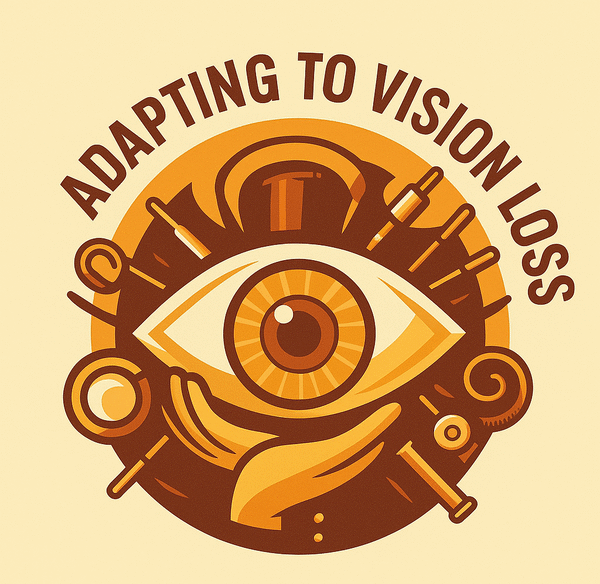Focus on Technology
State agencies play a pivotal role in making accessibility tools, such as screen-reader technology, widely available and effective. By providing resources, funding, and training, these agencies ensure that visually impaired individuals can navigate the digital world with independence and confidence.
State Support for Screen Readers
One of the most significant contributions from state agencies is providing access to screen-reader technology. These software tools vocalize on-screen text, allowing visually impaired users to engage with digital content effortlessly. State-sponsored programs often offer licenses or free access to top-tier screen readers, removing financial barriers and ensuring equitable access to this transformative technology. With these tools, users can surf the web, read emails, and navigate software without visual assistance, opening doors to education, work, and social interaction.
Braille Translation Software Backed by State Initiatives
Another remarkable innovation supported by state agencies is braille translation software. These tools convert text files into braille, allowing users to “feel” digital content through tactile reading. State resources often fund or subsidize access to these tools, empowering individuals to read literature, educational materials, and work-related documents in a format that suits their needs. By bridging the gap between digital and tactile content, these programs enable a richer, more inclusive reading experience.
Accessible Websites: Ensuring Inclusivity
State agencies are also at the forefront of ensuring that their websites meet accessibility standards. These platforms go beyond compliance, incorporating features such as text-to-speech options, high-contrast modes, and alternative navigation paths. By designing user-centered websites, state agencies make it easier for visually impaired individuals to fill out forms, apply for services, and access critical information without frustration.
State-Sponsored Innovation in Assistive Devices
State-backed programs often collaborate with technology companies to develop cutting-edge tools that enhance independence. Wearable technologies like smart glasses, which provide real-time navigation assistance, are becoming increasingly accessible thanks to state funding. These innovations transform daily tasks into opportunities for empowerment and confidence.
Tactile devices are another area of focus, with state agencies supporting tools that convert text into braille or voice into haptic feedback. These devices bridge sensory gaps, enabling users to interact with their environment in practical and meaningful ways. Audio-based tools, such as audiobooks and voice-controlled smart home devices, are also frequently subsidized or provided at no cost by state programs, simplifying daily living and restoring autonomy.
Education and Training: Empowering Users
State agencies recognize that technology alone isn’t enough; education and training are critical components of accessibility. Workshops and training sessions funded by state programs teach visually impaired individuals how to use assistive technologies effectively. These initiatives introduce participants to tools like screen readers and tactile devices, building the skills needed to navigate digital and physical environments confidently.
Digital literacy programs further bridge the gap, offering tutorials on screen-reader functionality and other assistive tools. Collaborations with educational institutions enrich these efforts, providing tailored courses that empower users to achieve their academic, professional, and personal goals.
Partnerships That Foster Innovation
State agencies actively collaborate with tech companies to refine existing tools and develop new solutions. This partnership creates a continuous feedback loop, ensuring that assistive technologies remain effective, user-friendly, and aligned with the needs of the visually impaired community. These efforts not only enhance current tools but also pave the way for future innovations.
Real-life stories highlight the transformative impact of these programs. From accessing education and employment opportunities to managing daily tasks with ease, state-sponsored initiatives are more than just support systems—they are catalysts for independence and empowerment.
